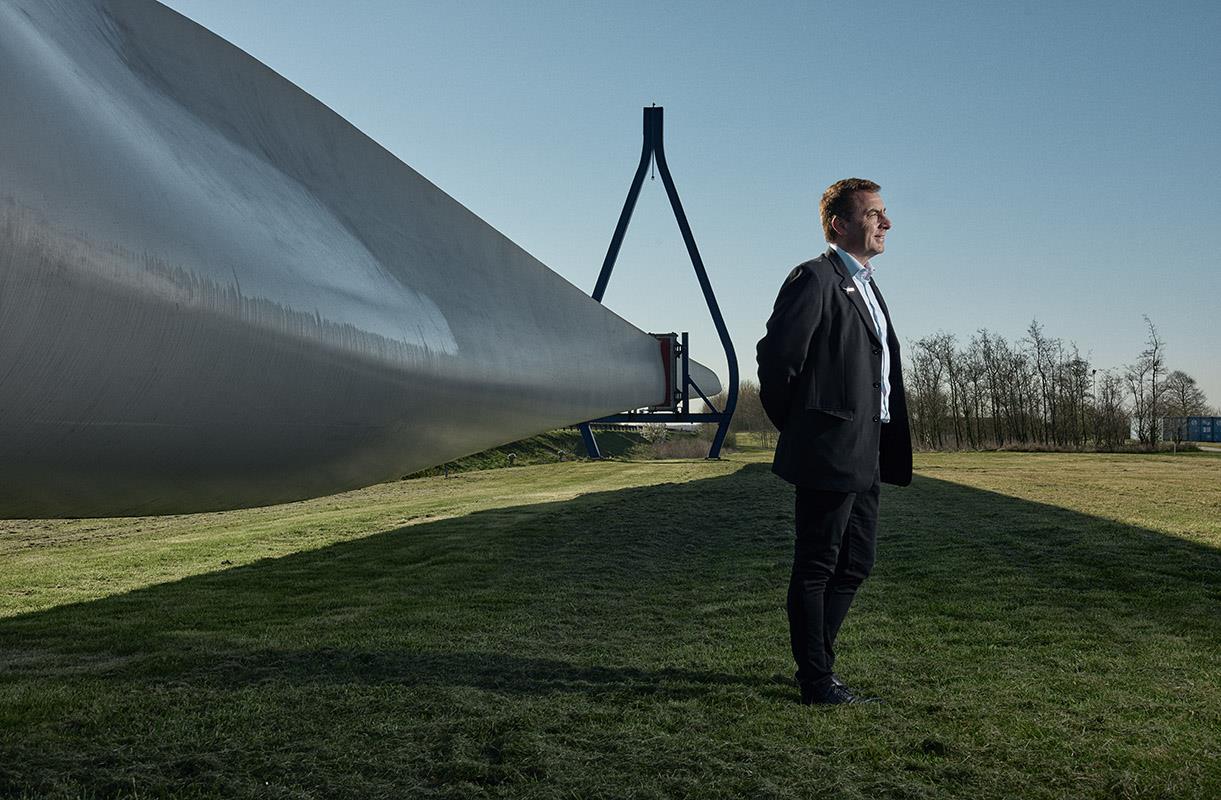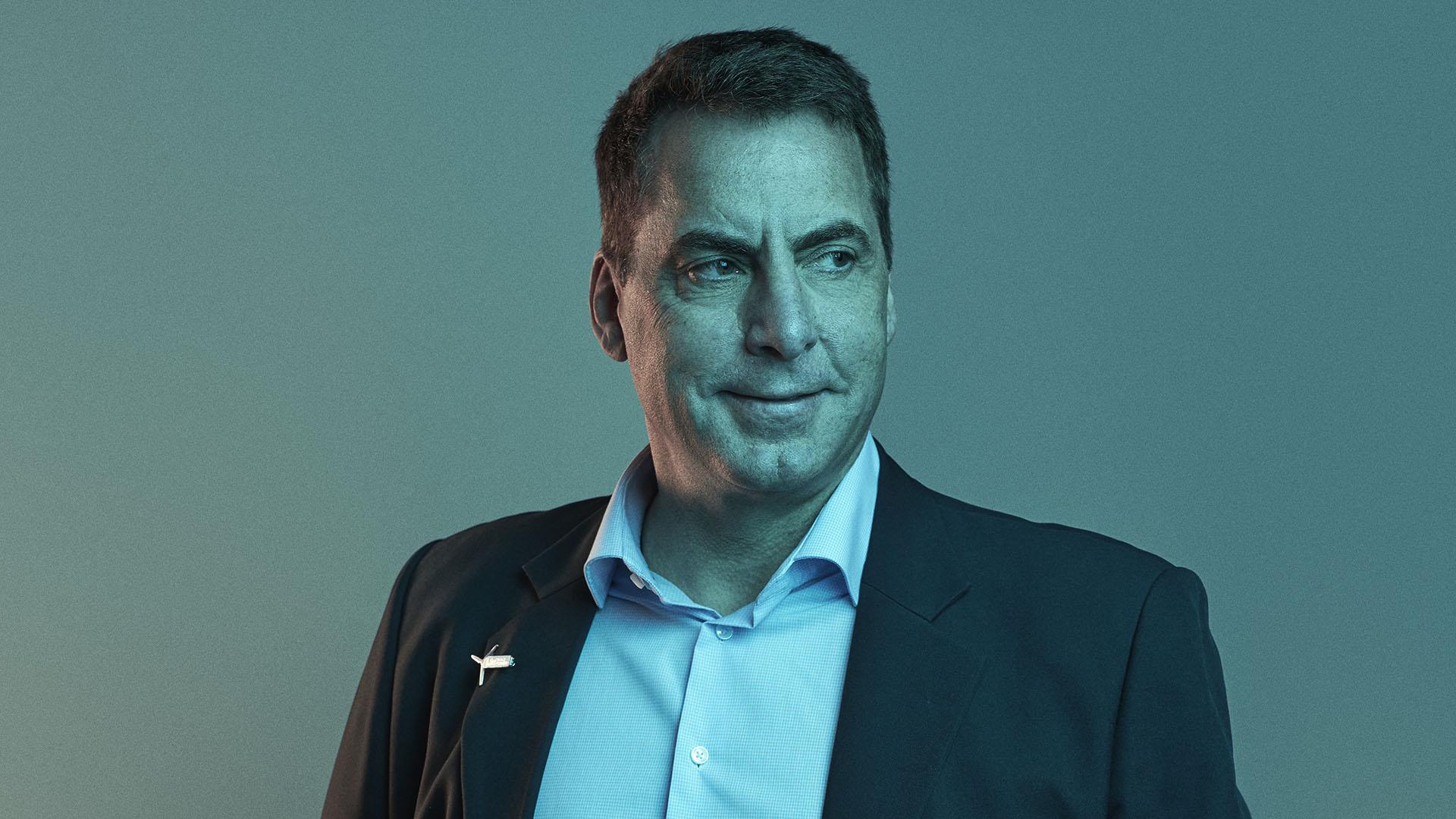
Decommissioning blades is both a responsibility and an opportunity
For one of the world’s largest manufacturers of wind turbine blades, decommissioning blades is a task and a responsibility that the industry should assume, and it is also a golden opportunity to create a new growth industry.
LM Wind Power has built more than 215,000 wind turbine blades since 1978: blades which have provided more than 100 GW of renewable energy, sparing the planet from more than 212 million tons of CO2 emissions each year. With this in mind, it is surprising that LM Wind Power is worried about its carbon footprint, but it is.
“We have the vision to create a greener world, and our products support that. But, we must also look inwards and embrace this fully,” says John Korsgaard, Senior Director, Engineering Excellence at LM Wind Power.
The challenge will become a market
LM Wind Power joined the UN’s Global Compact in 2010 and began to take production in a greener direction with a focus on the blade’s entire lifetime - from production to end-of-life. In 2016, the company initiated a process towards becoming the wind industry’s first carbon-neutral company: a goal which was achieved in 2018. Recycling and resource management has a strong presence both at the head office in Kolding and the 15 factories that LM Wind Power has worldwide.
“In order to achieve sustainable production, we must look at the environmental footprint of every element of our development, operation and decommissioning,” John said. “Today, our blade design minimizes waste in the manufacturing process, we extract materials for production more accurately, and we sort, store and dispose of waste better. We also work with energy improvement and emission reduction, and the next natural step is decommissioning."
“When an old blade ends up in landfill or is incinerated, it’s a waste of resources,” John continued. “You are also missing out on opportunities. There is a huge market in solving the challenge of the end of wind turbine blades’ lives, and the market will become significantly bigger in the coming years. When looking at the development that wind energy has undergone, it will only be 20–25 years until the turbines have to be taken down. The steel can easily be taken care of, but people who efficiently recycle composites will really have a market."
Big business
Only a small portion of the world’s composites are currently recycled, but it is possible to recycle many more, for example, from ships and constructions, from the aerospace industry, and not least, the wind turbine industry.
“There are factories that handle the recycling of composite materials, but many more are needed to handle the quantities we see today and will see in the future," John said. "We should do something about this because it will not only solve our challenge regarding recycling wind turbine blades, but it will also solve much greater challenges for other industries, and it has the potential to become big business."
Industrialized decommissioning
Getting there will require collaboration across the entire sector, and the industry will also be required to assume responsibility.
The will is there, John believes: “Our customers want to address it, and wind farm owners want to have a plan for what to do with their products when they reach the end of their service life. When everyone in the value chain can see the value in addressing it, we will be able to move towards industrialized decommissioning in which we can consider all aspects. Like in the DecomTools project,” he said.
DecomTools is a North Sea collaboration in which some of the world’s first offshore wind-nations collaborate on decommissioning offshore wind. “It makes sense that those who were first to erect offshore wind turbines are also the first to take them down and together learn to tackle a common challenge," John said.
"The countries have been common pioneers in creating green energy, so the opportunity to be common pioneers in decommissioning is obvious."
This article was originally published in the 2019 Energy Innovation Cluster Yearbook. Photo credit: Nicky Bonne.

SUSTAINABILITY
A business opportunity
John Korsgaard, Sr. Director, Engineering Excellence
“Decommissioning becomes a business when it becomes industrialized!”
